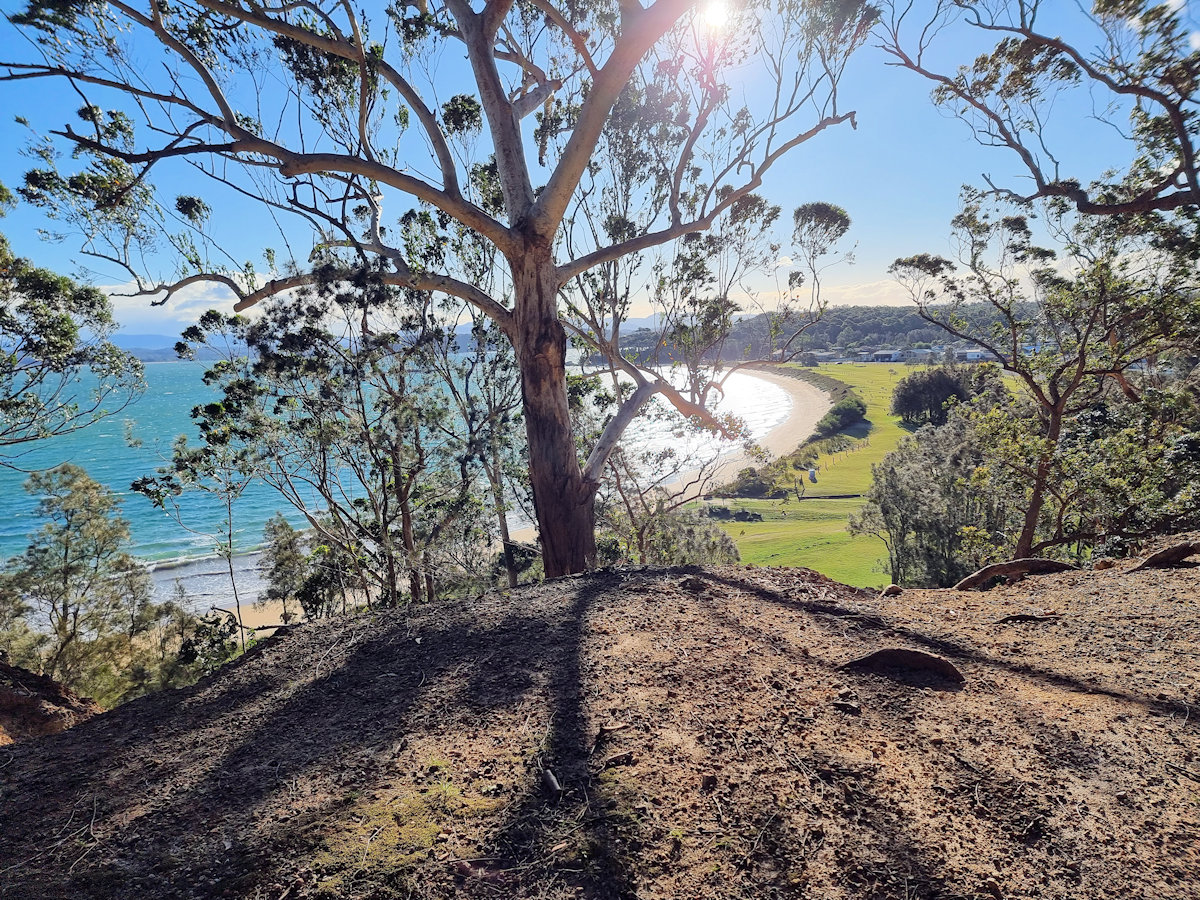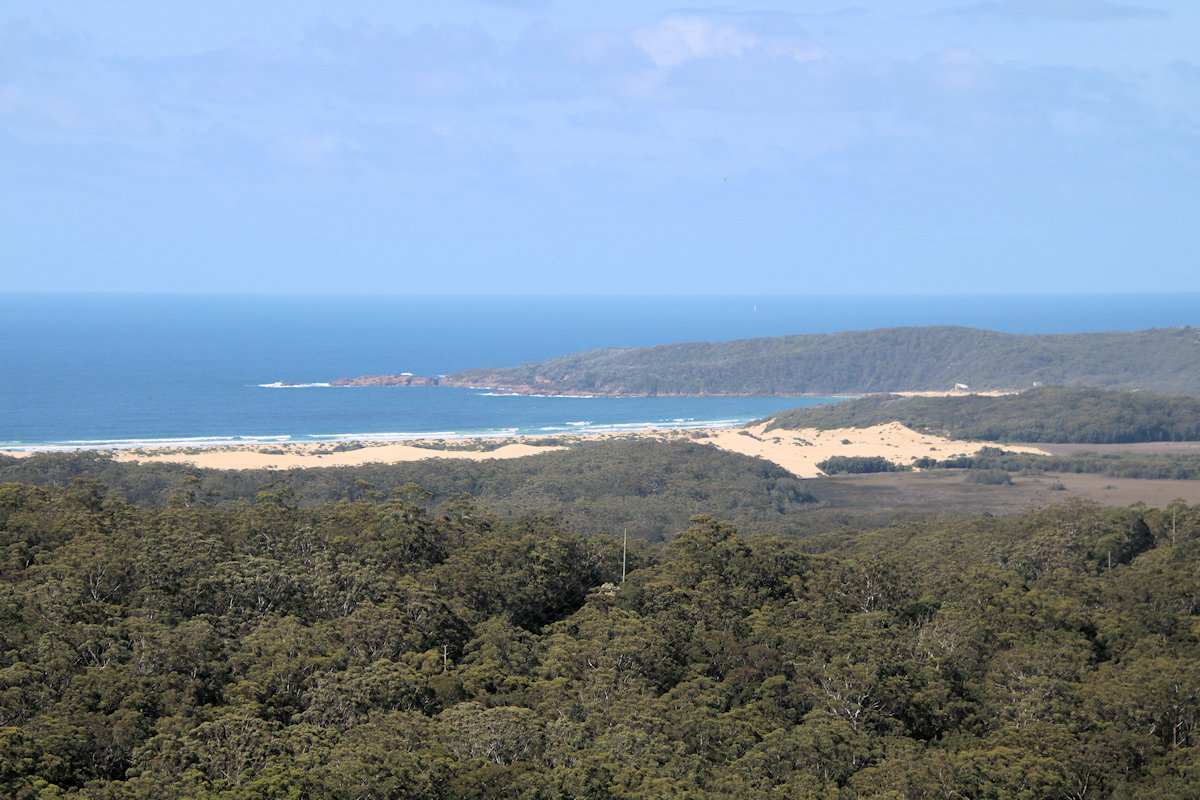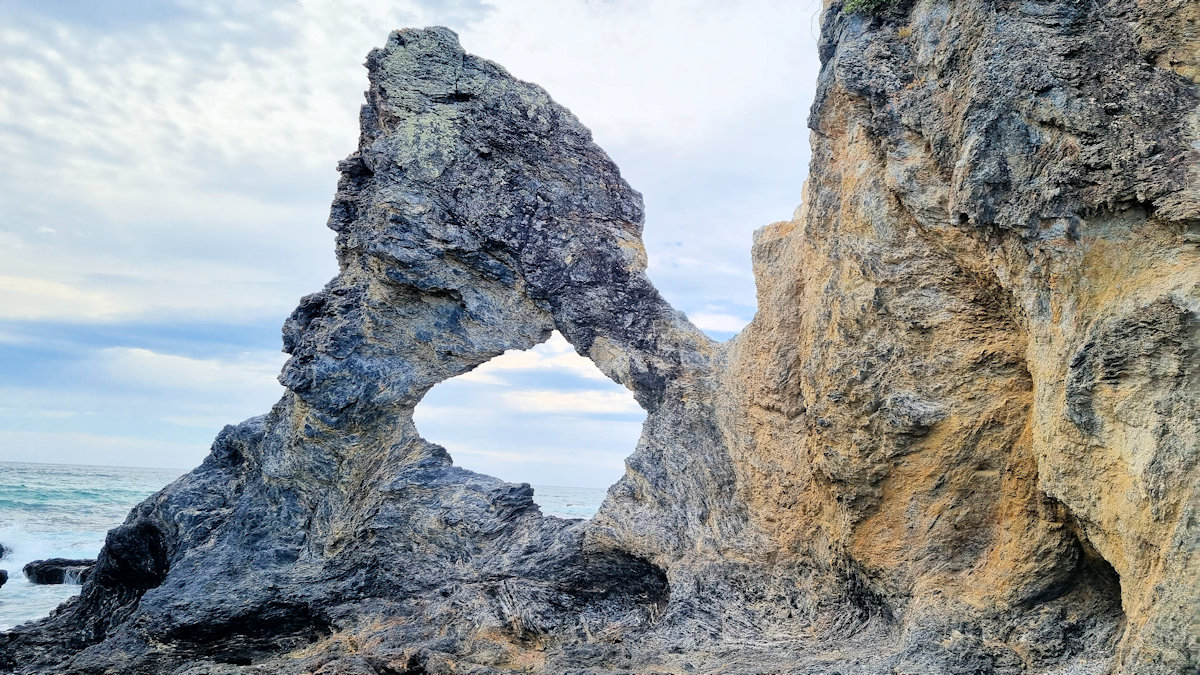Category: Bushwalking
-
Acheron Ledge Walking Track

Acheron Ledge Walking Track Located in Murramarang National Park on the New South Wales south coast, the Acheron Ledge Walking Track is a 1.5km round trip through spotted gum forest with beautiful views over the ocean. Getting There There are several ways to start this walk, depending on how much you want to do. The… Read more
-
Gan Gan Lookout Port Stephens

Gan Gan Lookout Port Stephens Located on the Tomaree Peninsula, Gan Gan Lookout gives amazing views over Nelson Bay, Tomaree National Park and the Stockton Sand Dunes. There are also great views over the Katich River and out to both Tomaree and Yacaaba Headlands. Getting there is only a five- minute drive from Nelson Bay… Read more
